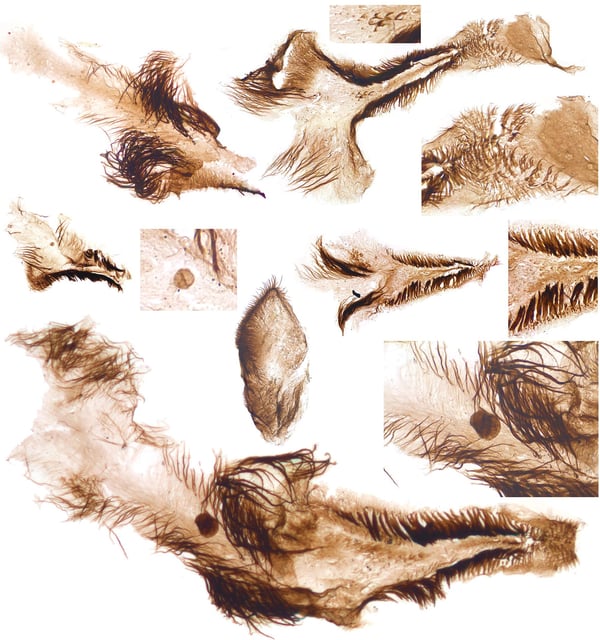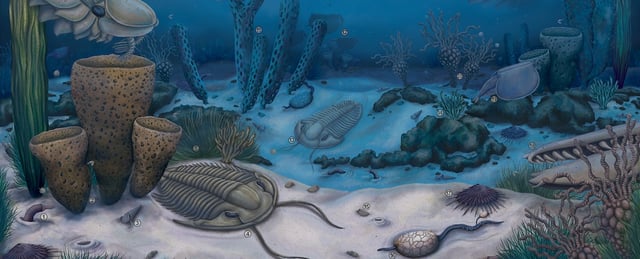Overview
- The peer-reviewed study published July 23 in Science Advances documents the first soft-bodied mid-Cambrian fossils from the Bright Angel Formation in the Grand Canyon.
- Recovered specimens dating 507–502 million years ago include rock-scraping molluscs, filter-feeding crustaceans and spiky-toothed worms, offering a fuller picture of ancient marine ecosystems.
- Researchers identified a new priapulid species, Kraytdraco spectatus, notable for its hundreds of complex branching teeth used to sweep and process food.
- Findings establish that equatorial, oxygen- and nutrient-rich shallow seas at the Grand Canyon acted as an evolutionary ‘Goldilocks zone’ driving rapid diversification.
- The team employed hydrofluoric acid dissolution of mudstones and high-powered microscopy to extract and analyze thousands of minute, non-mineralized fossils.


